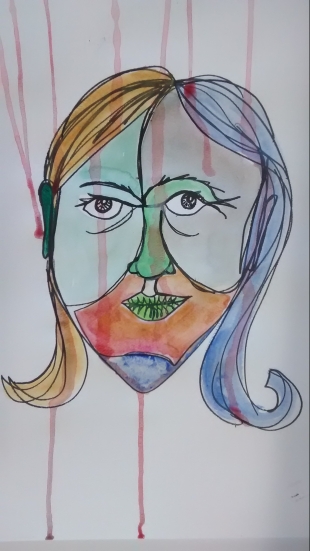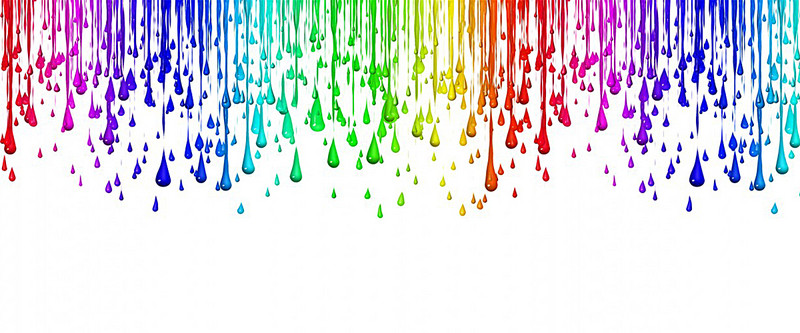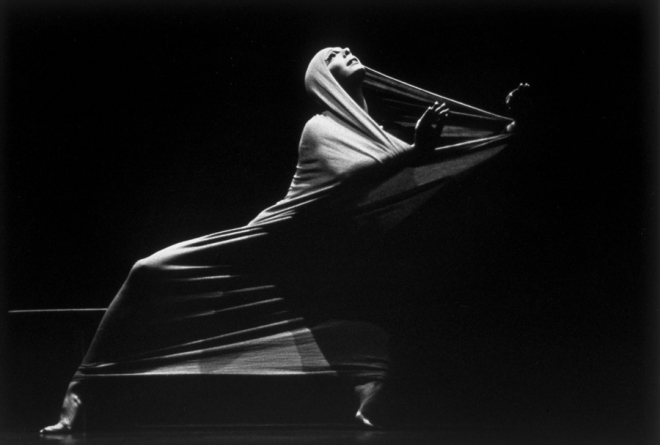Many psychologists have long been aware of the benefit of art, and there has been a recent movement to integrate it into their own private practices, or to become “art therapists.” But what exactly do they do with art that can help their patients? What creative exercises might they use to work with their patients?
In anxiety patients therapists will often have the patient draw their anxiety as a monster. By visualizing your anxiety in this manner patients have the ability to interact with it– to look it square in the face and have a conversation with it. To make it tangible, more real, more visible and conquerable.
Often through drawing or painting patients can either abstractly or concretely recreate and reinterpret their trauma, allowing them to express whatever pain they’ve endured without having to speak explicitly out loud about it, and allowing patients to grapple with it and process it in ways that solely talking sometimes does not allow. For example one child psychologist described to me that one of her patients who had experienced the terror of 9/11 came to therapy and drew pictures of burning buildings, but also included firemen right there, saving him from the destruction. This was useful for this patient because he was able to work through his trauma and fear from this event by visualizing firemen who would be there to save him and take care of him if he ever faced a similar event.


